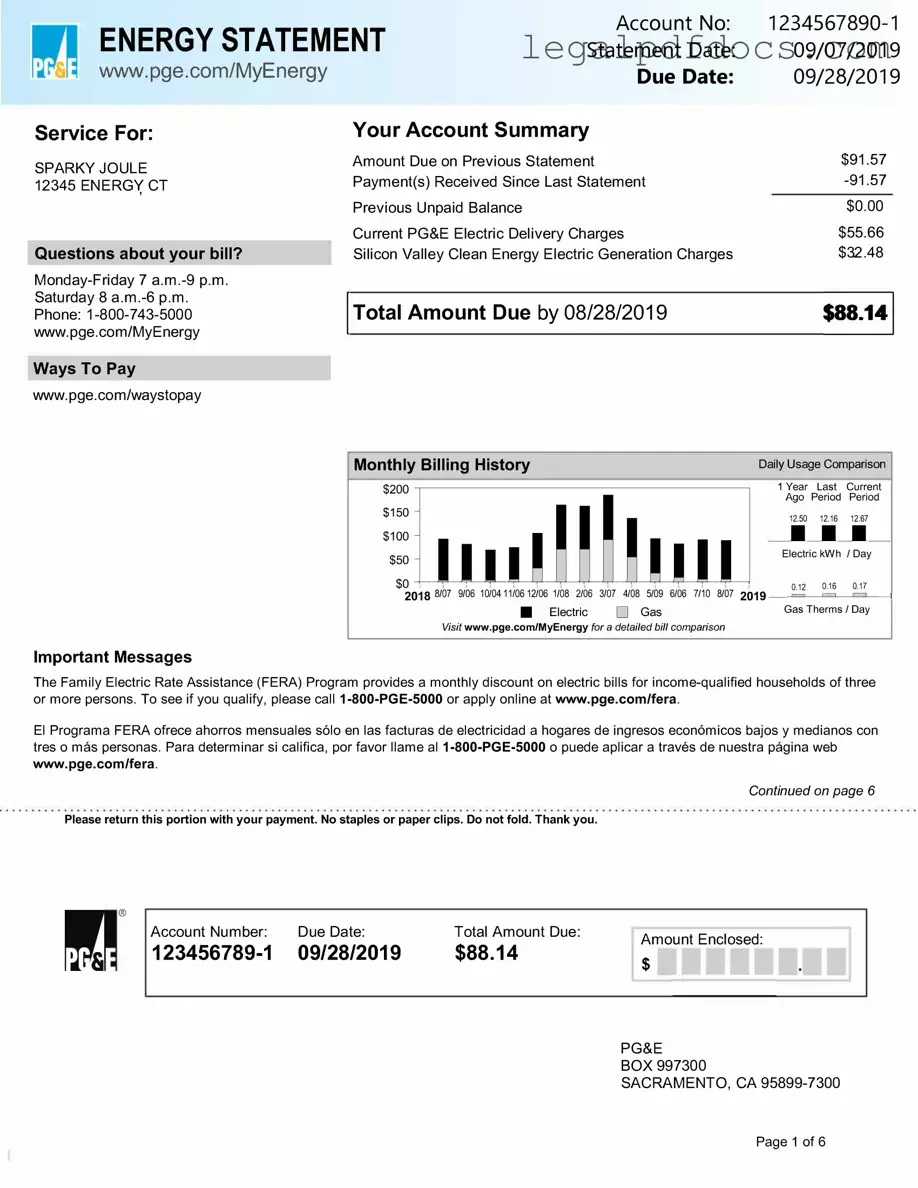Fill Out a Valid Utility Bill Template
The Utility Bill form is a document used to verify a person's residential address through their utility service provider. This form typically requires details such as the account holder's name, service address, and utility account number. To ensure accuracy and compliance, it is essential to fill out the form correctly; you can begin the process by clicking the button below.
Open Utility Bill Editor Here
